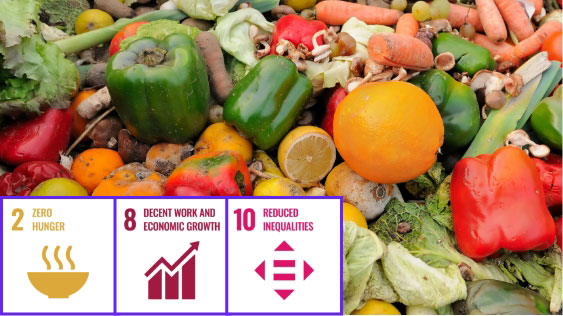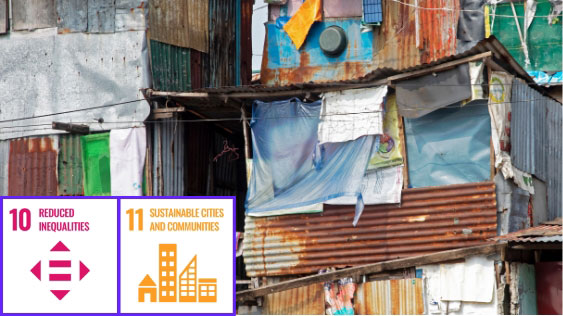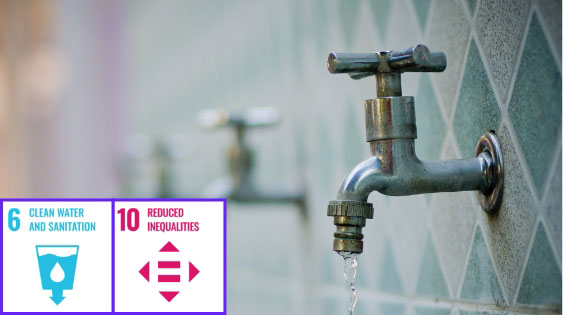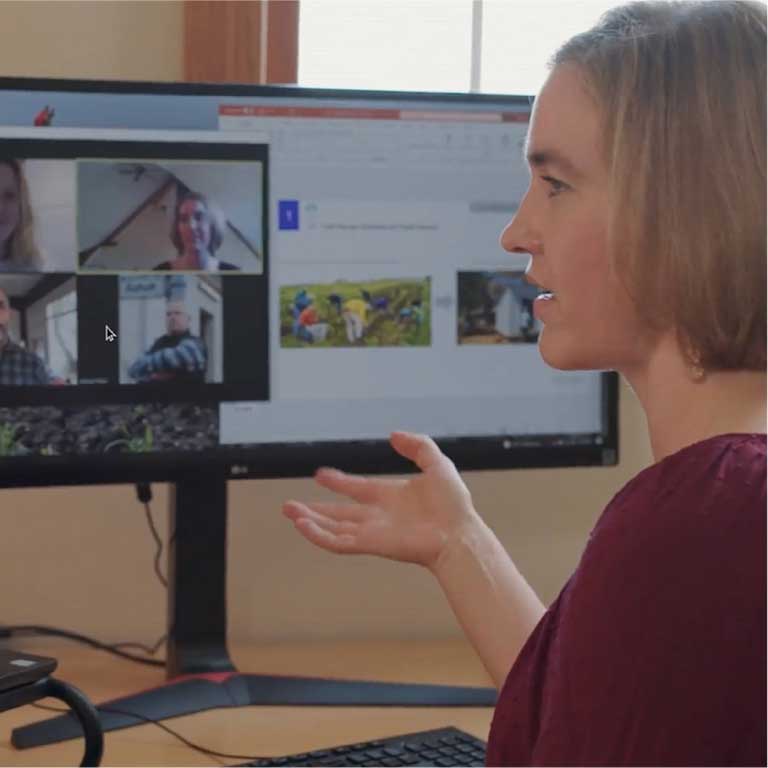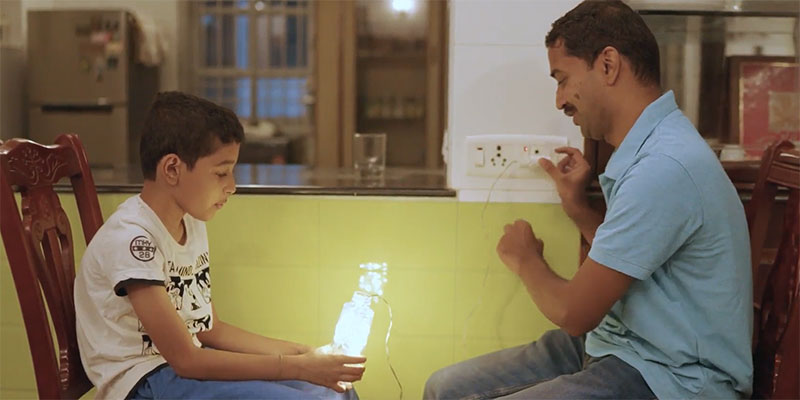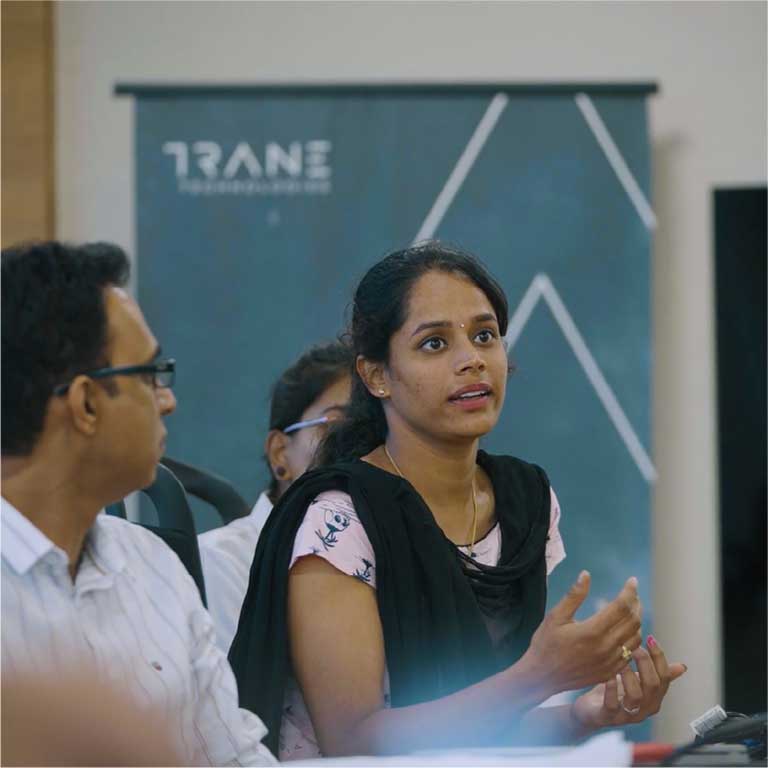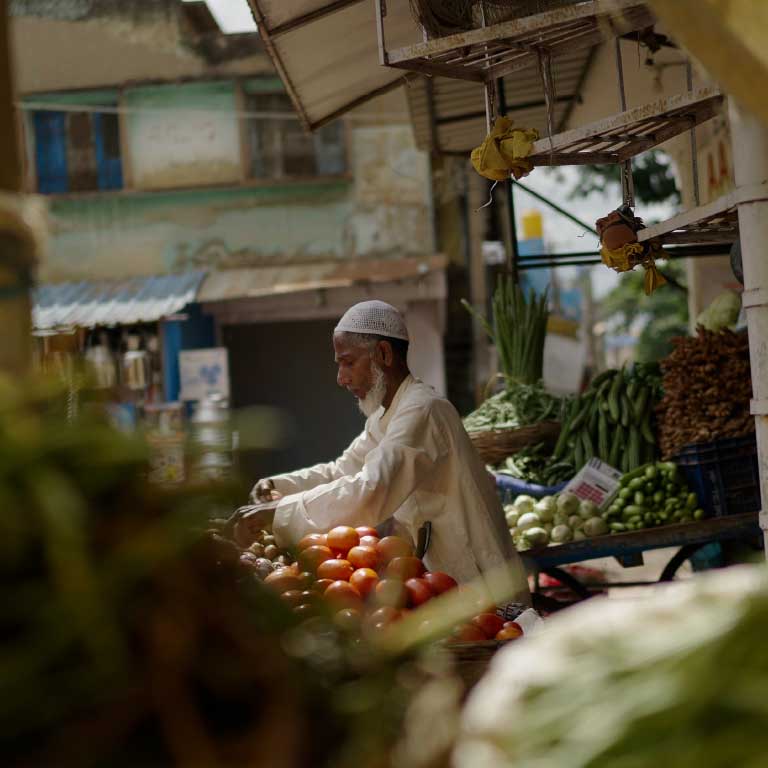About Operation Possible
We created Operation Possible to tackle the most pressing social and environmental challenges of our time by harnessing all that our people bring to social innovation and collaboration. It’s a perfect fit for our bold purpose-driven culture centered on challenging what’s possible for a sustainable world. And it’s accelerating the potential for innovation that creates positive change for both people and the planet.
With input from our employees, we’ve honed in on five challenge areas that align with the United Nations Sustainable Development Goals.

 English
English
